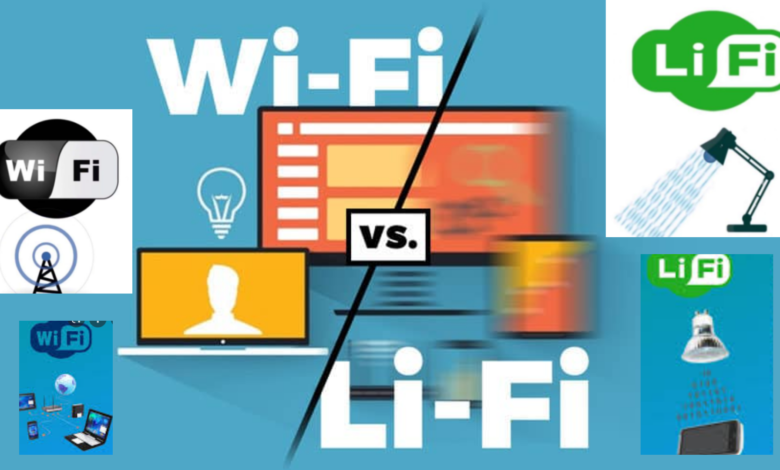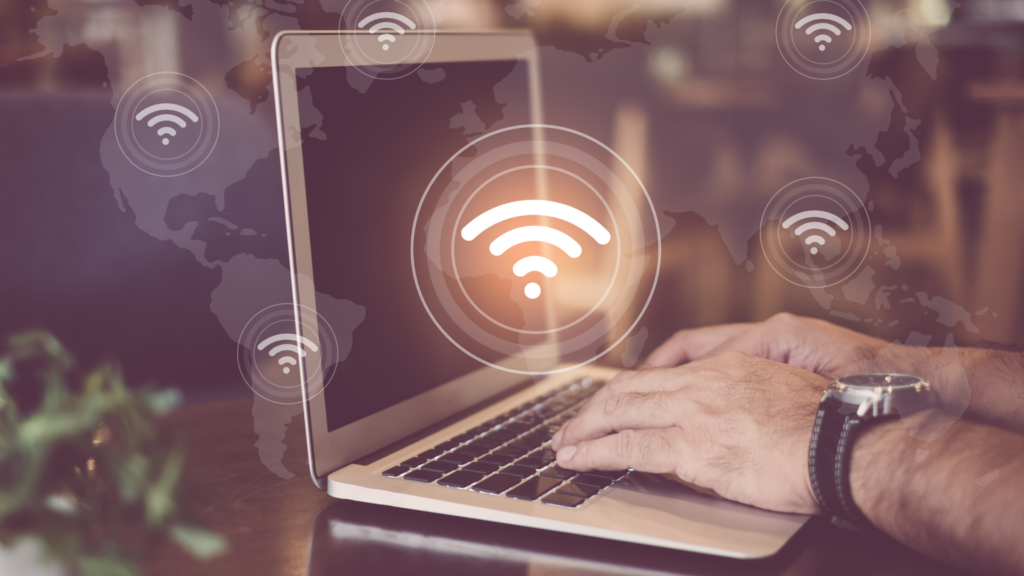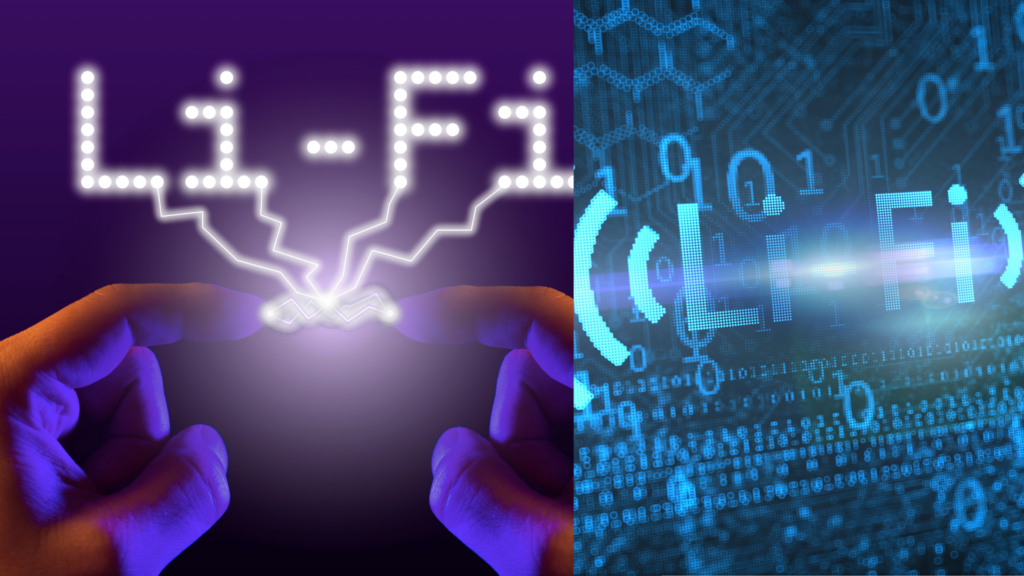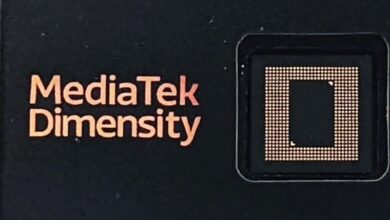WiFi vs LiFi | Difference Between WiFi And LiFi

- WiFi
- LiFi
- WiFi vs LiFi
In this Blog, we will compare and contrast wifi vs LiFi, as well as examine their differences. Both wifi and LiFi are wireless data transmission and data reception technologies.
Even though it has been around for a long time, the term LiFi may be unknown to some people. So, before we get into the comparison, let’s go through a quick definition of both terms so that everyone is on the same page.
WiFi
Wifi stands for wireless fidelity and is a wireless networking technique. It provides wireless internet and network connections using the IEEE 802.11 standard.
WiFi is more common since it provides a wireless connection, but providing an Internet connection through cable is distinct because of the installation and deployment on each machine. It functions similarly to a local area network but without the usage of wires or cables.

Wi-Fi is built into modern computer devices such as laptops and smartphones, as well as digital cameras and smart TVs. When using Wi-Fi to share files, data, and other items between two or more computers or mobile phones, data transmission speeds are also quite fast.
Wireless access points and wired devices, as well as the Internet, can connect Wi-Fi-enabled devices.
LiFi
LiFi stands for Light Fidelity, which transmits and receives data using LED lamps and light signals. Light has been utilized as a lighting instrument in homes, offices, and other places for decades.
However, LEDs are now used in communication as well as delivering light in today’s world. LEDs can now be used to connect a computer or a smart device to the Internet via wireless communication.

It is a light-based communication technology that, like wifi, provides a high-speed network. Lifi is a speedier version of wifi that can be used as a replacement.
LEDs can be used as both lighting and wireless devices with the addition of a small microprocessor.
It’s primarily utilized by airlines.
Read Also: Why Facebook Disable Your Facebook ad account: Recover it
WiFi vs LiFi
| WiFi | LiFi |
| Wireless fidelity stands for Wifi. | Light fidelity is abbreviated as LiFi. |
| A wifi router is used to transmit data via radio waves. | It’s used to send data via LED signals and LED lights. |
| NCR Corporation invented wireless in 1991. | Prof. Harald Hass invented LiFi in 2011. |
| WiFi data transfer speeds range between 150 Mbps and 2 Gbps. | The data transfer speed of LiFi is approximately 1 Gbps. |
| WiFi coverage extends up to 32 meters. | LiFi’s coverage area is approximately 10 meters. |
| Because of interference difficulties, Wifi only operates in a less congested setting. | It operates in a densely populated area. |
| Because radio frequency signals penetrate through barriers with wifi, more secure data protection solutions are required. | Data is safe and secure in LiFi due to the usage of light that is not obscured by the walls. |
| Routers, modems, and access points are the components of wifi. | The LED bulb, LED driver, and photodetector are all part of the LiFi. |
Conclusion
When comparing wifi and lifi, it’s difficult to pick one over the other because each has its own set of benefits and drawbacks. Lifi is a novel technology that can be used as a replacement for wifi. It has a higher data rate and is more secure. Lifi also offers a wide range of data transfer options.
So that concludes the article. I hope you find it useful and informative.

Q- Is it better to use LiFi or WiFi?
A- Another significant benefit of LiFi is that, because light travels at such high rates, it allows LiFi connections to occur nearly instantly. This leads in speedier data transmission and internet connectivity – approximately 100 times faster than WiFi speeds.
Q- Will LiFi eventually supplant WiFi?
A- Because Li-Fi transmissions are concentrated in a narrow region, as opposed to more diffuse radio signals, Haas claims that Li-Fi can achieve data density 1,000 times greater than Wi-Fi. Li-Fi will be more secure than Wi-Fi, in addition to being faster.
Q- Why isn’t LiFi used in place of WiFi?
A- Using LiFi to connect to the internet is as limited as the light from one LED. It can’t go through walls as WiFi can.
Q- Why aren’t we utilizing LiFi?
A- Because a Li-Fi connection cannot pass through walls, a set of transmitters must be installed in each room of your home to transmit the signal. Aside from the obvious limitations, it would also be too expensive for most individuals.
Q- Is there LiFi in India?
A- An Ahmedabad startup has powered up two villages with high-speed internet using LiFi-based technology as the first step toward developing smart villages in Gujarat. The villages of Akrund and Navanagar in Gujarat’s Aravalli district have become India’s first smart villages, with LiFi-based internet.






